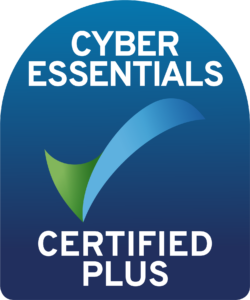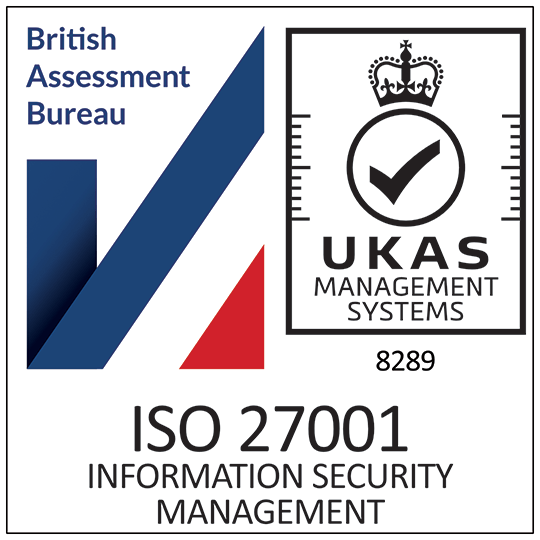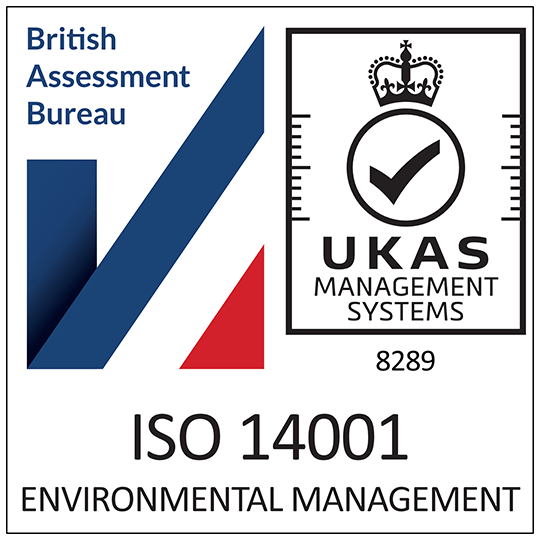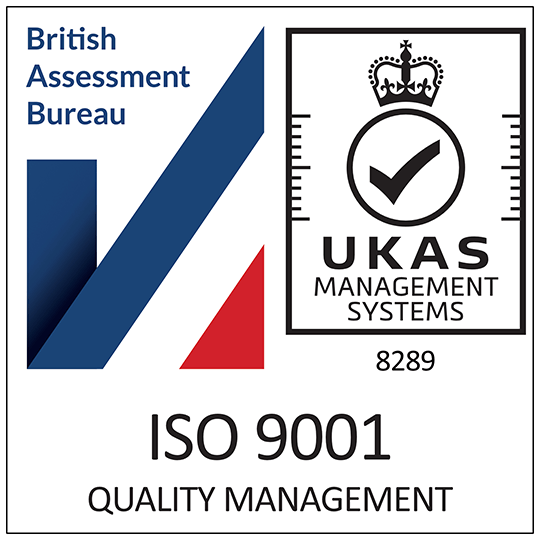What Are IS0 14000 Standards and How Does Your Business Need to Comply?
With growing public awareness of the climate change threat, companies big and small are adopting new practices to reduce their environmental impact. Obtaining ISO 14000 certification is among the most effective ways a company can prove its eco-credentials, but what does this involve? And what benefits does it offer?
From simple changes to transformational ones, there are many ways an organisation can improve its environmental standing. ISO 14000 provides a standardised approach, helping businesses make a tangible impact while improving their reputation for adopting socially conscious working practices.
Are you looking to learn more about ISO 14000 but aren’t sure where to start? Our guide can help. We’ll answer the key questions on ISO 14000 standards, so you can get up to speed and decide if it’s the right approach for you.
In the guide, you’ll learn…
- What is ISO 14000?
- How Can ISO 14000 Certification Benefit Your Business?
- What Are the Requirements of ISO 14000?
- How Do You Become ISO 14000 Certified?
What is ISO 14000?
ISO 14000 is a set of standards designed to help businesses reduce their environmental impact. It was introduced by the International Organisation for Standardisation in 1996, and is reviewed periodically to reflect changing practices, conditions, and priorities.
Unlike other environmental standards, adopting ISO 14000 isn’t mandatory. Instead, companies are encouraged to commit to the regulations of their own free will – demonstrating a greater commitment to environmental causes than compulsory legislation.
The standards associated with ISO 14000 are far-reaching, offering guidance on everything from managerial practice to the responsible sourcing of raw materials. One of the core facets of the standard is ISO 14001, which details how a business should implement an environmental management system.
What is an environmental management system? Essentially, it’s a group of software-driven processes that help businesses track, monitor, enforce and refine their environmental policies.
Utilising an EMS, businesses may find it easier to comply with environmental legislation, with accurate management and reporting. Such software can also make it easier to achieve ISO 14000 accreditation, ensuring that ISO auditors have ready access to the required data and metrics.

How Can ISO 14000 Certification Benefit Your Business?
Though costly and resource-intensive, achieving ISO 14000 certification can be of huge benefit. Let’s take a closer look at the positives associated with this environment-first initiative.
- Tangible impact – ISO 14000 was developed by some of the world’s foremost climate scientists, so you can trust that your actions will bring positive outcomes. This makes it ideal for organisations that have pledged to operate within robust environmental parameters, or those that must meet tight climate regulations imposed by local government.
- Effective marketing tool – growing public awareness of climate issues has led many brands to refine their environmental and sustainability practices. Now, ‘green’ companies are viewed more favourably by many consumers, with ISO 14000 becoming the ultimate seal of approval for brands looking to leverage their environmental ethos for commercial gain.
- Supports ESG strategy – ESG (environmental, social and governance) has become hugely popular in recent times. It’s something many investors look for from prospective assets, and much of it is centred around environmental action. ISO 14000 can support a brand’s ESG strategy, with the potential to help them secure financial backing from climate-conscious investors.
- New business opportunities – such is the prevalence of ISO 14000 certification that many companies only work with suppliers and partners that adhere to the standards.
- Higher revenue for more environmentally friendly goods – history tells us that consumers are willing to pay more for goods that are ethically sourced and responsibly manufactured.

What Are the Requirements of ISO 14000?
The standards associated with ISO 14000 cover a full operational infrastructure, from business management processes and product manufacturing to logistics and waste disposal. This far-reaching framework is designed to ensure every area of a business is optimised with environmental best practice in mind.
One of the key requirements of committing to ISO 14000 is the adoption of an environmental management system. Covered as part of the framework’s ISO 14001 module, an EMA is intended to formalise a business’ environmental activity, allowing them to monitor, review and oversee progress and targets.
And this is the point where things become more complex – and expensive. Even for SMEs, investing in an EMA system can be exorbitantly costly, as well as being highly labour and resource intensive. But with pressure mounting on brands to take a more proactive approach to sustainability, and with the above benefits in mind, the cost of adopting an EMA system to commit to ISO 14000 standards could pay dividends in the long term.
How Do You Become ISO 14000 Certified?
The road to becoming ISO 14000 certified is long, with most companies spending several years refining their operations and culture to meet the stringent framework. But with that said, it’s by no means impossible, and as environmental legislation is likely to tighten in the future, it’s never too early to start working towards full ISO 14000 accreditation.
To get certified, you need to satisfy an accredited ISO auditor. They’ll attend your place of business, run a fine-tooth comb through your operations, to verify that all the requirements of 14000 are met.

Time, money, and resources may be your most valuable assets, but they’re well spent if ISO 14000 accreditation puts your business in a stronger commercial position going forward. Remember, climate change isn’t going away, so making positive steps towards becoming more environmentally sustainable now could save you a real battle in the long term.
Take a Small Step Towards ISO 14000 Accreditation with Eco-Friendly Plastic Cards
When it comes to environmental action, even the smallest changes can make a difference. Take our eco-friendly plastic cards, for example.
Made from 100% degradable and recyclable materials, they’re a simple swap you can make right now that will make a positive contribution in the future. So, no matter what stage your business is at in preparing for the green revolution, small changes lead to positive change.
Not quite ready to embrace recyclable eucalyptus business cards just yet? Don’t worry. When you choose to buy from Swype, you can be confident you’re dealing with a reputable seller that practices what they preach when it comes to environmental action.
As part of our Green Process, we’re committed to:
- Recycle – We recycle or reuse all waste wherever possible
- Zero Landfill – Working within the ‘Zero PVC To Landfill’ remit, all our waste is responsibly disposed
- Carbon Capture – Swype is a member of the Woodland Trust Carbon Capture scheme
Have you enjoyed this feature? For more guides, news, and tips, click here for further insights from the Swype team. Alternatively, if you’d like to learn about our range of professional card printing services, visit the homepage or give us a call on 01744 604463.





